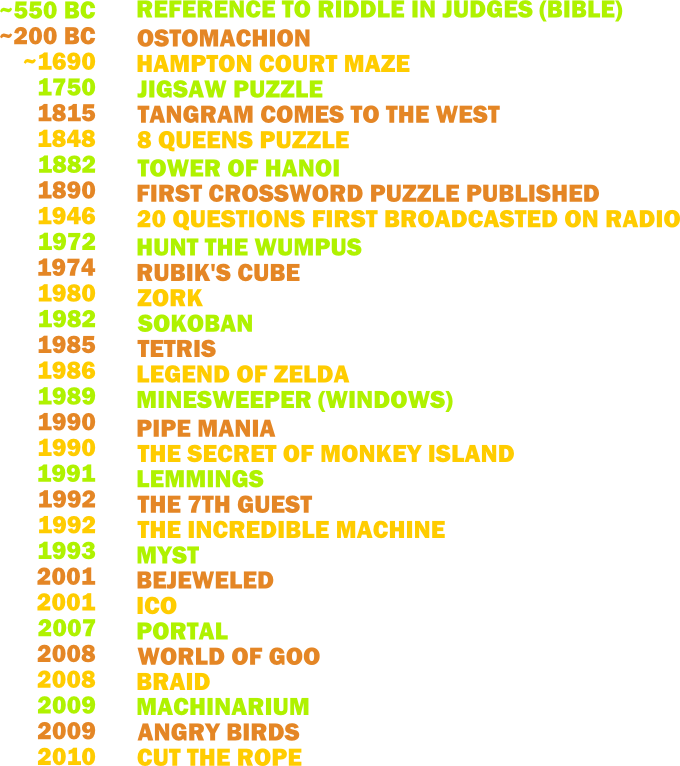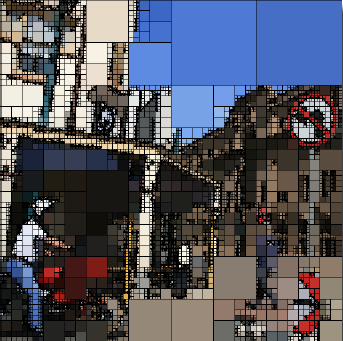 8
8 In November 2013, two colleagues* and I made 30 games. Although I have done some game prototyping before, working on so many games in such a short period gave me some insights I did not have before. As I said to a friend, it’s like watching a television series in […]













